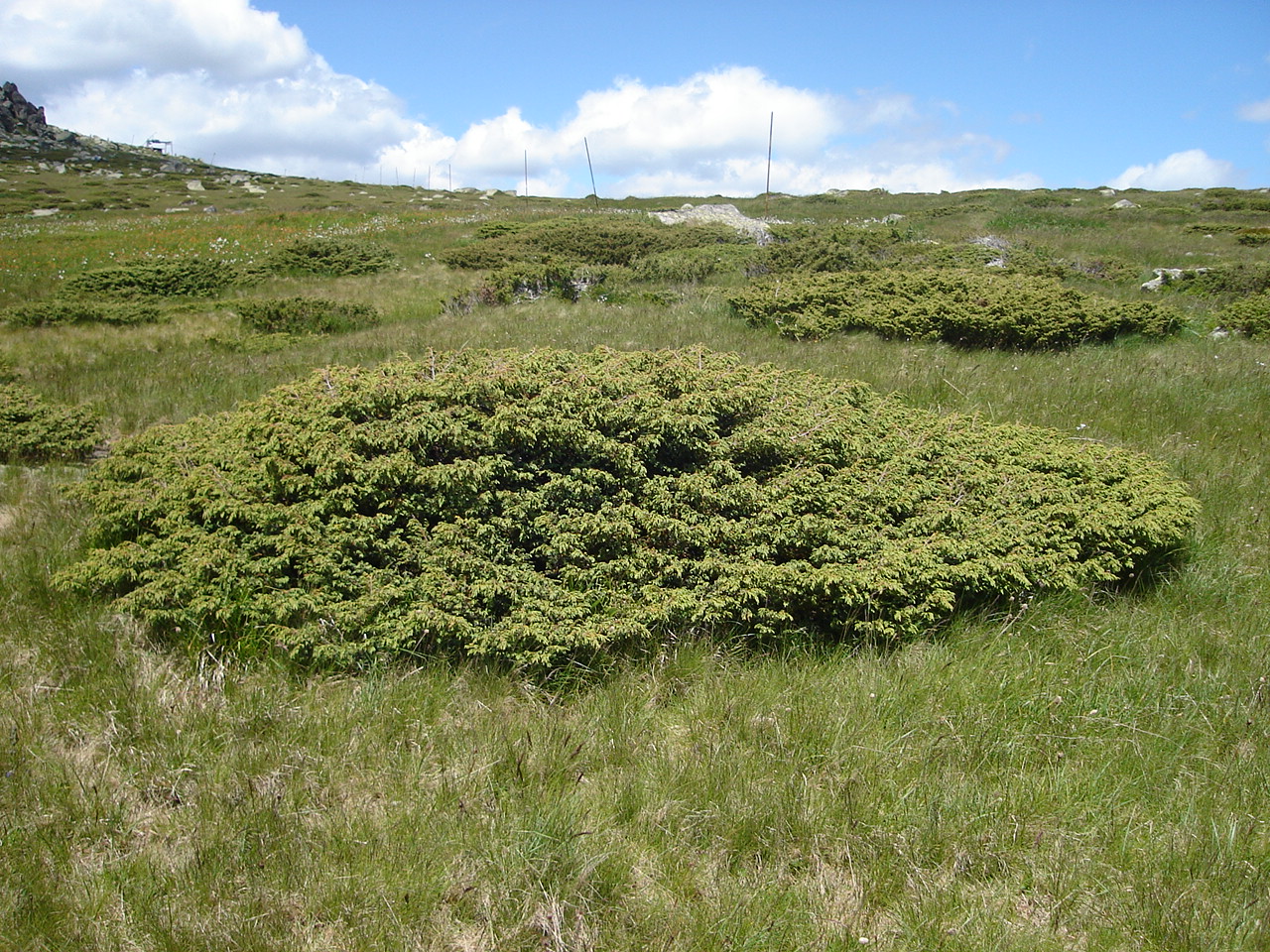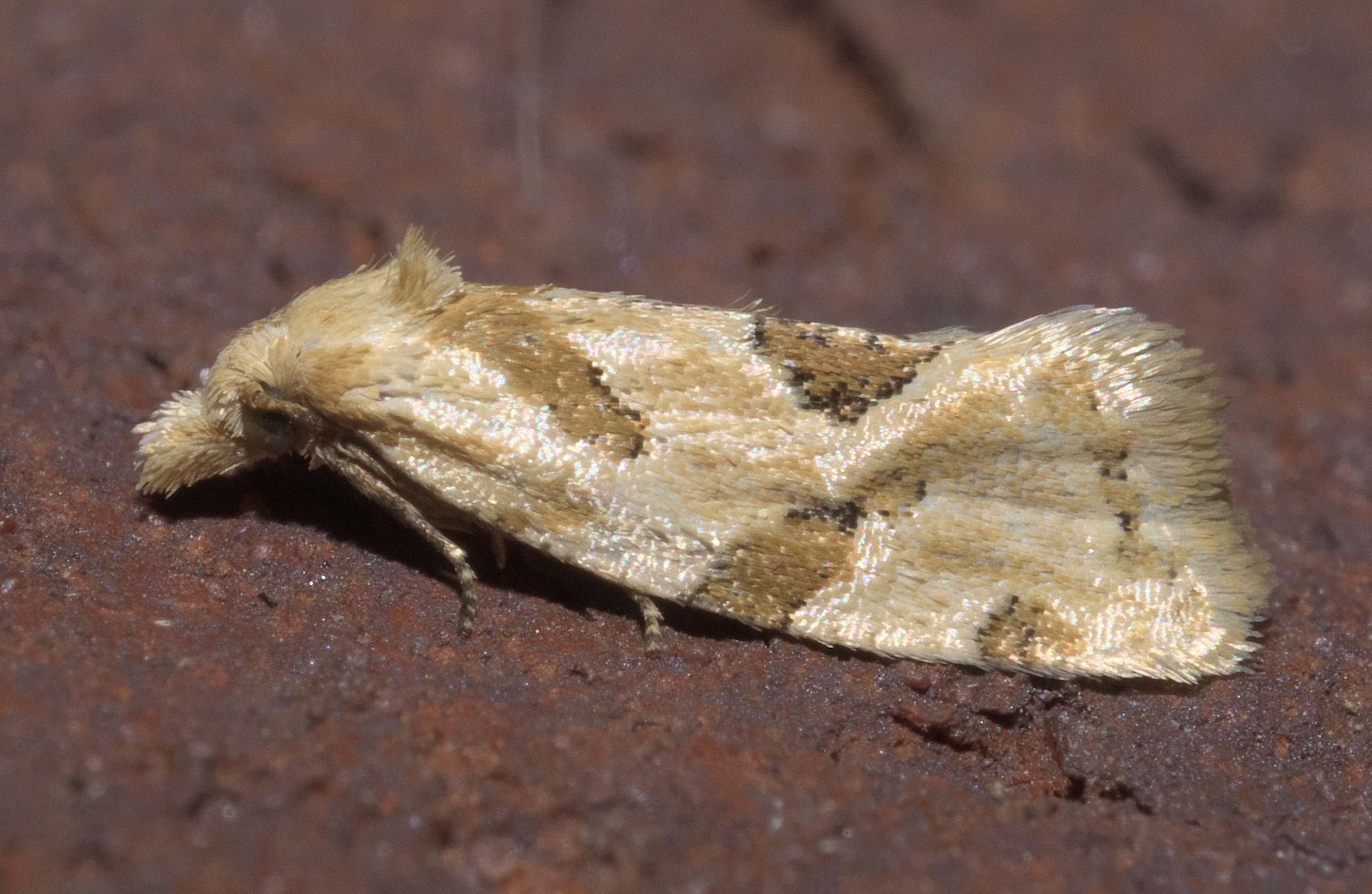|
Aethes Rutilana
''Aethes rutilana'', the pale juniper webworm, is a moth of the family Tortricidae. It was described by Jacob Hübner Jacob Hübner (20 June 1761 – 13 September 1826, in Augsburg) was a German entomologist. He was the author of ''Sammlung Europäischer Schmetterlinge'' (1796–1805), a founding work of entomology. Scientific career Hübner was the author of '' ... in 1817. It is found in the whole of Europe and North America. The wingspan is . The larvae feed on '' Juniperus communis''. Subspecies *''Aethes rutilana rutilana'' *''Aethes rutilana canadiana'' ( Razowski, 1997) *''Aethes rutilana tatricana'' (Adamczewski, 1936) References External links ''Lepiforum e.V.'' [...More Info...] [...Related Items...] OR: [Wikipedia] [Google] [Baidu] |
Jacob Hübner
Jacob Hübner (20 June 1761 – 13 September 1826, in Augsburg) was a German entomologist. He was the author of ''Sammlung Europäischer Schmetterlinge'' (1796–1805), a founding work of entomology. Scientific career Hübner was the author of ''Sammlung Europäischer Schmetterlinge'' (1796–1805), a founding work of entomology. He was one of the first specialists to work on the European Lepidoptera. He described many new species, for example ''Sesia bembeciformis'' and ''Euchloe tagis'', many of them common. He also described many new genus, genera. He was a designer and engraver and from 1786 he worked for three years as a designer and engraver at a cotton factory in Ukraine. There he collected butterflies and moths including descriptions and illustrations of some in ''Beiträge zur Geschichte der Schmetterlinge'' (1786–1790) along with other new species from the countryside around his home in Augsburg. Hübner's masterwork "Tentamen" was intended as a discussion document. I ... [...More Info...] [...Related Items...] OR: [Wikipedia] [Google] [Baidu] |
Moth
Moths are a paraphyletic group of insects that includes all members of the order Lepidoptera that are not butterflies, with moths making up the vast majority of the order. There are thought to be approximately 160,000 species of moth, many of which have yet to be described. Most species of moth are nocturnal, but there are also crepuscular and diurnal species. Differences between butterflies and moths While the butterflies form a monophyletic group, the moths, comprising the rest of the Lepidoptera, do not. Many attempts have been made to group the superfamilies of the Lepidoptera into natural groups, most of which fail because one of the two groups is not monophyletic: Microlepidoptera and Macrolepidoptera, Heterocera and Rhopalocera, Jugatae and Frenatae, Monotrysia and Ditrysia.Scoble, MJ 1995. The Lepidoptera: Form, function and diversity. Oxford, UK: Oxford University Press; 404 p. Although the rules for distinguishing moths from butterflies are not well establishe ... [...More Info...] [...Related Items...] OR: [Wikipedia] [Google] [Baidu] |
Tortricidae
The Tortricidae are a family of moths, commonly known as tortrix moths or leafroller moths, in the order Lepidoptera. This large family has over 11,000 species described, and is the sole member of the superfamily Tortricoidea, although the genus ''Heliocosma'' is sometimes placed within this superfamily. Many of these are economically important pests. Olethreutidae is a junior synonym. The typical resting posture is with the wings folded back, producing a rather rounded profile. Notable tortricids include the codling moth and the spruce budworm, which are among the most well-studied of all insects because of their economic impact. Description Tortricid moths are generally small, with a wingspan of 3 cm or less.Hanson, Paul E. (04-11-2018). Insects and Other Arthropods of Tropical America. Cornell University Press. Many species are drab and have mottled and marbled brown colors, but some diurnal species are brightly colored and mimic other moths of the families Geometrida ... [...More Info...] [...Related Items...] OR: [Wikipedia] [Google] [Baidu] |
Fauna Europaea
Fauna Europaea is a database of the scientific names and distribution of all living multicellular European land and fresh-water animals. It serves as a standard taxonomic source for animal taxonomy within the Pan-European Species directories Infrastructure (PESI). , Fauna Europaea reported that their database contained 235,708 taxon names and 173,654 species names. Its construction was initially funded by the European Council (2000–2004). The project was co-ordinated by the University of Amsterdam The University of Amsterdam (abbreviated as UvA, nl, Universiteit van Amsterdam) is a public research university located in Amsterdam, Netherlands. The UvA is one of two large, publicly funded research universities in the city, the other being ... which launched the first version in 2004, after which the database was transferred to the Natural History Museum Berlin in 2015. References External links Fauna Europaea [...More Info...] [...Related Items...] OR: [Wikipedia] [Google] [Baidu] |
Wingspan
The wingspan (or just span) of a bird or an airplane is the distance from one wingtip to the other wingtip. For example, the Boeing 777–200 has a wingspan of , and a wandering albatross (''Diomedea exulans'') caught in 1965 had a wingspan of , the official record for a living bird. The term wingspan, more technically extent, is also used for other winged animals such as pterosaurs, bats, insects, etc., and other aircraft such as ornithopters. In humans, the term wingspan also refers to the arm span, which is distance between the length from one end of an individual's arms (measured at the fingertips) to the other when raised parallel to the ground at shoulder height at a 90º angle. Former professional basketball player Manute Bol stood at and owned one of the largest wingspans at . Wingspan of aircraft The wingspan of an aircraft is always measured in a straight line, from wingtip to wingtip, independently of wing shape or sweep. Implications for aircraft design and anima ... [...More Info...] [...Related Items...] OR: [Wikipedia] [Google] [Baidu] |
Juniperus Communis
''Juniperus communis'', the common juniper, is a species of small tree or shrub in the cypress family Cupressaceae. An evergreen conifer, it has the largest geographical range of any woody plant, with a circumpolar distribution throughout the cool temperate Northern Hemisphere. Description ''Juniperus communis'' is very variable in form, ranging from —rarely —tall to a low, often prostrate spreading shrub in exposed locations. It has needle-like leaves in whorls of three; the leaves are green, with a single white stomatal band on the inner surface. It never attains the scale-like adult foliage of other members of the genus. It is dioecious, with male and female cones (both of which are wind pollinated) on separate plants. The male cones are yellow, long, and fall soon after shedding their pollen in March–April. The fruit are berry-like cones known as juniper berries. They are initially green, ripening in 18 months to purple-black with a blue waxy coating; they are spheri ... [...More Info...] [...Related Items...] OR: [Wikipedia] [Google] [Baidu] |
Józef Razowski
Józef Razowski (born 4 April 1932) is a Polish entomologist and lepidopterist specializing in Tortricidae. He is an honorary member of the Polish Entomological Society and a working member of the Polish Academy of Arts and Sciences (PAU). From 1988 to 1997, Razowski headed the Institute of Systematics and Evolution of Animals. Biography Józef Razowski was born in Milówka, a village in the southern part of Poland. After finishing engineering studies at the Tadeusz Kościuszko University of Technology in 1953, he started working at the Faculty of the Systematic Zoology of the Polish Academy of Sciences (PAN) a year later, of which he was director from 1988 to 1997. The Institute was later renamed the Institute of Systematics and Evolution of Animals In the meantime, he pursued further studies at Jagiellonian University, getting his master's degree in 1958 and a PhD in 1961. Razowski then received habilitation in 1966 and was given the title of professor in 1973. In 1975, he fo ... [...More Info...] [...Related Items...] OR: [Wikipedia] [Google] [Baidu] |
Aethes
''Aethes'' is a genus of moths belonging to the subfamily Tortricinae of the family Tortricidae. Species *'' Aethes acerba'' Y.H. Sun & H.H. Li, 2013 *'' Aethes affinis'' Razowski, 1967 *'' Aethes afghana'' Razowski, 1983 *'' Aethes alatavica'' (Danilevsky, in Danilevsky, Kuznetsov & Falkovitsh, 1962) *'' Aethes albogrisea'' Razowski & Wojtusiak, 2009 *'' Aethes alphitopa'' (Clarke, 1968) *'' Aethes amseli'' Razowski, 1967 *'' Aethes amurensis'' Razowski, 1964 *''Aethes angulatana'' (Robinson, 1869) *''Aethes angustana'' (Clemens, 1860) *'' Aethes annosa'' Razowski, 1967 *'' Aethes ardezana'' (Muller-Rutz, 1922) *''Aethes argentilimitana'' (Robinson, 1869) *'' Aethes argyrospila'' Karisch, 2005 *''Aethes atlasi'' (Razowski, 1962) *'' Aethes atmospila'' (Meyrick in Caradja & Meyrick, 1937) *''Aethes atomosana'' (Busck, 1907) *''Aethes aurofasciana'' (Mann, 1855) *'' Aethes austera'' Razowski, 1967 *''Aethes baloghi'' Sabourin & Metzler, in Sabourin, Miller, Metzler & Vargo, 2002 ... [...More Info...] [...Related Items...] OR: [Wikipedia] [Google] [Baidu] |
Moths Described In 1817
Moths are a paraphyletic group of insects that includes all members of the order Lepidoptera that are not butterflies, with moths making up the vast majority of the order. There are thought to be approximately 160,000 species of moth, many of which have yet to be described. Most species of moth are nocturnal, but there are also crepuscular and diurnal species. Differences between butterflies and moths While the butterflies form a monophyletic group, the moths, comprising the rest of the Lepidoptera, do not. Many attempts have been made to group the superfamilies of the Lepidoptera into natural groups, most of which fail because one of the two groups is not monophyletic: Microlepidoptera and Macrolepidoptera, Heterocera and Rhopalocera, Jugatae and Frenatae, Monotrysia and Ditrysia.Scoble, MJ 1995. The Lepidoptera: Form, function and diversity. Oxford, UK: Oxford University Press; 404 p. Although the rules for distinguishing moths from butterflies are not well est ... [...More Info...] [...Related Items...] OR: [Wikipedia] [Google] [Baidu] |
Taxa Named By Jacob Hübner
In biology, a taxon (back-formation from ''taxonomy''; plural taxa) is a group of one or more populations of an organism or organisms seen by taxonomists to form a unit. Although neither is required, a taxon is usually known by a particular name and given a particular ranking, especially if and when it is accepted or becomes established. It is very common, however, for taxonomists to remain at odds over what belongs to a taxon and the criteria used for inclusion. If a taxon is given a formal scientific name, its use is then governed by one of the nomenclature codes specifying which scientific name is correct for a particular grouping. Initial attempts at classifying and ordering organisms (plants and animals) were set forth in Carl Linnaeus's system in ''Systema Naturae'', 10th edition (1758), as well as an unpublished work by Bernard and Antoine Laurent de Jussieu. The idea of a unit-based system of biological classification was first made widely available in 1805 in the intro ... [...More Info...] [...Related Items...] OR: [Wikipedia] [Google] [Baidu] |
Tortricidae Of Europe
The Tortricidae are a family of moths, commonly known as tortrix moths or leafroller moths, in the order Lepidoptera. This large family has over 11,000 species described, and is the sole member of the superfamily Tortricoidea, although the genus ''Heliocosma'' is sometimes placed within this superfamily. Many of these are economically important pests. Olethreutidae is a junior synonym. The typical resting posture is with the wings folded back, producing a rather rounded profile. Notable tortricids include the codling moth and the spruce budworm, which are among the most well-studied of all insects because of their economic impact. Description Tortricid moths are generally small, with a wingspan of 3 cm or less.Hanson, Paul E. (04-11-2018). Insects and Other Arthropods of Tropical America. Cornell University Press. Many species are drab and have mottled and marbled brown colors, but some diurnal species are brightly colored and mimic other moths of the families Geometridae ... [...More Info...] [...Related Items...] OR: [Wikipedia] [Google] [Baidu] |




